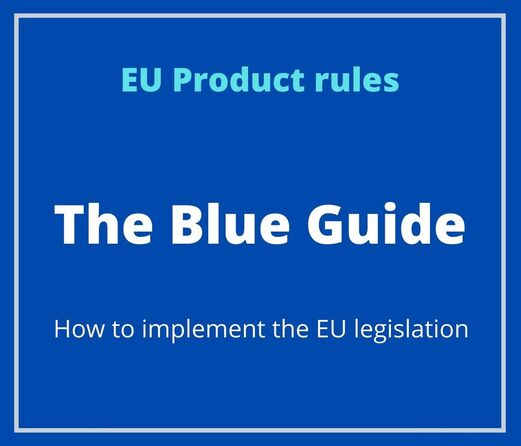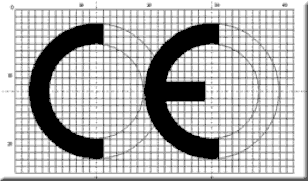Many products require the CE marking before they can be sold inside of the "European Economic Area" (EU + Iceland, Lichtenstein and Norway). The CE marking proves that your product has been assessed and meets EU safety, the health and the environmental protection requirements. It is valid for products manufactured both inside and outside the "European Economic Area", that are then marketed inside of the "European Economic Area".
There are two main benefits CE marking brings to businesses and consumers within the EEA:
ATTENTION:: the CE marking is valid only for products for which EU specifications have been introduced.
There are two main benefits CE marking brings to businesses and consumers within the EEA:
- Businesses know that products bearing the CE marking can be traded in the EEA without restrictions.
- Consumers enjoy the same level of health, safety, and environmental protection throughout the entire EEA.
ATTENTION:: the CE marking is valid only for products for which EU specifications have been introduced.
To affix the CE marking to your product, you must put together a technical dossier proving that your product fulfils all the EU-wide requirements. As the product's manufacturer, you have the responsibility for declaring conformity with all requirements. Once your product bears the CE marking, you might have to provide your distributors and/or importers with all the supporting documentation concerning CE marking.
Are you a Manufacturer? How to obtain and affix the CE marking
|
Manufacturers play a crucial role in ensuring that products placed on the extended Single Market of the EEA are safe. They are responsible for checking that their products meet EU safety, health, and environmental protection requirements. It is the manufacturer’s responsibility to carry out the conformity assessment, set up the technical file, issue the EU declaration of conformity, and affix the CE marking to a product. Only then can this product be traded on the EEA market. |
Are you an Importer? How to obtain the CE marking
|
While manufacturers are responsible for ensuring product compliance and affixing the CE marking, importers must make sure that the products they place on the market comply with the applicable requirements and do not present a risk to the European public. The importer has to verify that the manufacturer outside the EU has taken the necessary steps and that the documentation is available upon request. |
Are you a Distributor? How to obtain the CE marking
|
Distributors must have a basic knowledge of the legal requirements – including which products must bear the CE marking and the accompanying documentation – and should be able to identify products that are clearly not in compliance. They must also be able to demonstrate to national authorities that they have acted with due care and have affirmation from the manufacturer or the importer that the necessary measures have been taken. Furthermore, a distributor must be able to assist national authorities in their efforts to receive the required documentationParagraph. Clicca qui per modificare. |
|
CE marking is a part of the EU’s harmonisation legislation, which is mainly managed by Directorate-General for Internal market, Industry, Entrepreneurship and SMEs. The CE marking for Restriction of Hazardous Substances is managed by Directorate-General for Environment. Comprehensive guidance on the implementation of EU product rules can be found in the so-called Blue Guide.
|
How to reproduce the CE mark
IMPORTANT YO KNOW:
- Not all products must have CE marking.
- CE marking is compulsory only for most of the products covered by the New Approach Directives.
- It is forbidden to affix CE marking to other products.
- CE marking does not indicate that a product have been approved as safe by the EU or by another authority.
- CE marking does not indicate the origin of a product either.
Source: European Union, http://www.europa.eu/, 1998-2024
|
Brussels - Milano - Nice - Tokyo
|
eEuropa Belgium
Avenue Louise, 367 1050 Brussels BELGIUM Bld. Franck Pilatte, 19 bis
06300 Nice FRANCE YONO HOUSE 9-1 KAMIOCHIAI, SAITAMA-SHI, SAITAMA-KEN 〒 338-0001 JAPAN Via S. Veniero 6 20148 Milano ITALY |
All rights reserved - © Copyright eEuropa Belgium 2020-2024



